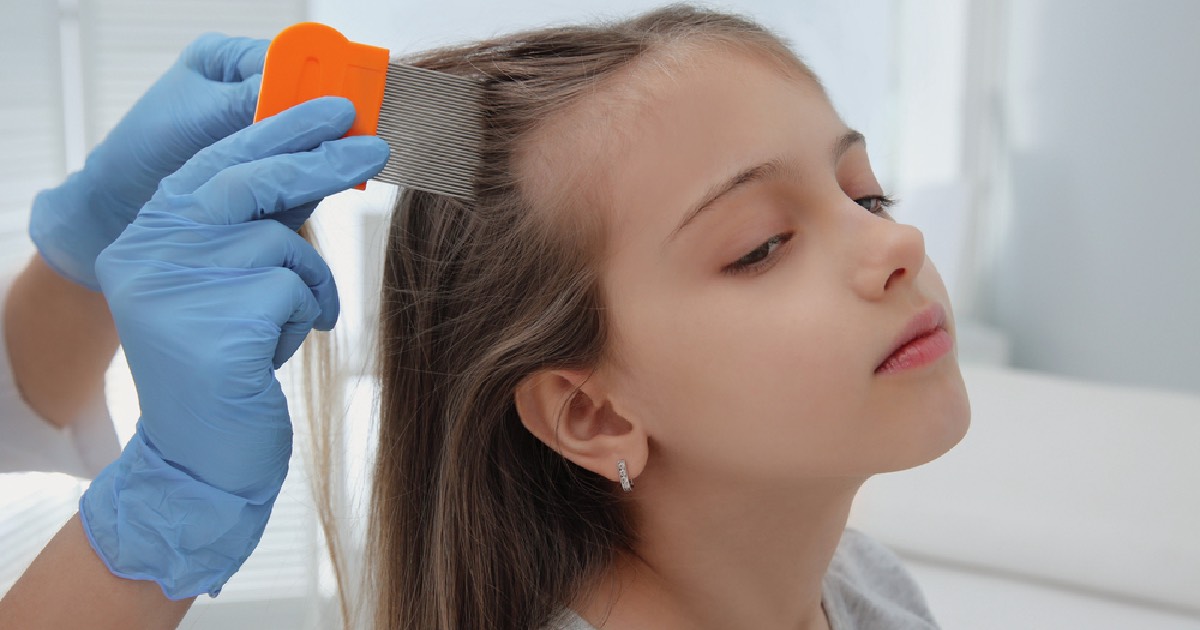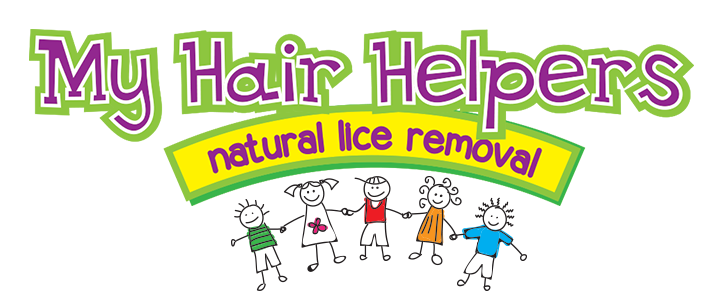Head lice can be a nuisance, causing discomfort and social stigma. Knowing how to avoid them after exposure can help you prevent a stubborn infestation down the line. Whether you or your child has been exposed to someone with lice, taking proactive steps can significantly reduce the likelihood of the lice making a new home on your scalp.
Here is a comprehensive guide that will help you avoid head lice after exposure.
Understand How Lice Spread
The first step in prevention is understanding how lice spread. Lice are primarily transferred through direct head-to-head contact. They can also spread through the sharing of personal items like hats, hairbrushes and pillows, but this is less common. Knowing this helps focus your preventive efforts effectively.
Avoid Head-to-Head Contact
Since lice move from one host to another through direct contact, it’s crucial to avoid head-to-head contact with the person who has lice. This is particularly important for children in schools or daycare centers where close interactions are common. Teaching your child to avoid direct contact early on sets healthy habits for the future!
Act Quickly
As soon as you learn about the exposure, start taking preventive measures. Time is of the essence in avoiding an infestation. It can take 4-6 weeks for itching to appear, so you don’t want to wait until the first sign of symptoms. By this point, your child could have a full-blown infestation that is more difficult to treat.
Check for Lice Regularly
Regular checks are your first line of defense after exposure. Use a fine-toothed lice comb to comb through wet hair. Doing this every few days for at least two weeks after exposure can help catch any lice before they have a chance to settle in and multiply. Look for nits (lice eggs), which are tiny and white, attached to the hair shaft close to the scalp, especially around the ears and the nape of the neck.
Use Preventive Products
There are shampoos and sprays formulated with natural ingredients like tea tree oil, lavender oil and eucalyptus oil that may help repel lice. While not 100% effective, using these products as a preventive measure can decrease your chances of infestation.
Do Not Share Personal Items
Discourage the sharing of combs, brushes, hats, scarves, pillows and headphones. Lice can survive for a short period away from the human scalp, so it’s possible to contract lice through these items if they’ve been used by an infested person recently.
Clean Personal Items and Beddings
If you’ve been exposed to lice, it’s a good idea to clean personal items and bedding that may have come into contact with the infested person. Wash items in hot water (at least 130°F) and dry them on high heat. For items that cannot be washed, seal them in a plastic bag for two weeks to ensure any lice or nits are dead.
Educate Your Family
Educating your family, especially children, about avoiding head-to-head contact and not sharing personal items can go a long way in preventing lice infestations. A little knowledge and a lot of prevention can make a big difference.
Consider Professional Advice
If you’re unsure about prevention methods or if you find lice despite your best efforts, consider seeking advice from a healthcare provider or a professional lice removal service. They can offer tailored advice and treatment options that cater to your family’s needs.
Conclusion
Preventing head lice after exposure requires vigilance and proactive measures. By understanding how lice spread, checking regularly for lice, using preventive products and maintaining good hygiene practices, you can significantly reduce your risk of an infestation – even when head lice is going around your child’s school or daycare.
To schedule an appointment at one of our head lice salons, contact My Hair Helpers today. You can also order any of our products on our website or on our Amazon store for effective, affordable, and convenient DIY treatments!


